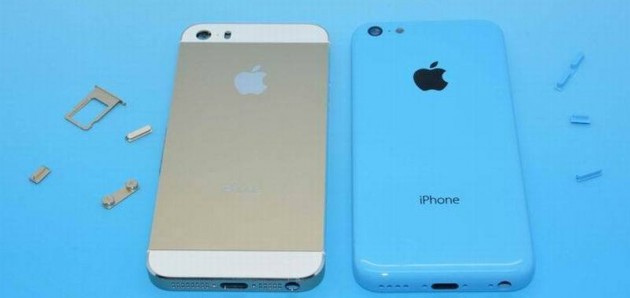
Many Singaporeans are having questions because of the extended downtime of some government websites on November. Infocomm Development Authority explained that the extension of the downtime...

Increasing Cyber Security
1
SingTel Declares iPhone 5S and...
2
MOH Warns to Limit Outdoor Act...
3Posted by Editor | Comments Off on Sleep Like Sleeping Beauty
Sleep Like Sleeping Beauty
5 Tricks to Getting a Good Snooze at Night
Ever gone to bed promising yourself that you’ll sleep at 10 PM, only to stay up the whole night watching your favourite series? Well, if you find yourself doing this regularly, all the while complaining about feeling groggy the next day, then you’re not practising good sleep hygiene. Observing proper hygiene is crucial for getting a good night’s sleep, and here’s how you can do just that:

Sleep and Wake Up the Same Time Everyday
Waking up the same time every single day helps in stabilizing your circadian rhythm. This means you’ll also start feeling sleepy the same time every night, thereby normalizing your sleeping pattern. Health experts even advise to avoid extending your sleep, as it’ll only make you feel more tired later in the day. So turn off your snooze button, and just get up and start your day.

Adjust the Temperature in Your Bedroom
Adjusting your bedroom environment is part of proper sleep hygiene. One way of doing is to by lowering your room temperature, since a drop in body temperature help in inducing sleep. The ideal temperature is between 15 to 19 degrees centigrade. If it’s too cool for you, set your AC to a temperature that’d still prevent heat build-up at night.

Keep Your Bed Space Quiet and Dark
Along with lowering the temperature in your room, this is another way of adjusting your bedroom environment. External disturbances like bright lights and noise will just keep you up and about. Sleep specialists even say that people slept earlier during the time before electricity was discovered. So when it’s time for your hit the sack, ensure that you put the lights out and turn the radio or TV off.

Use Your Bed for Sleeping Purposes Only
Your bed should be a furniture piece that you’ll only use for sleeping – no other activities, such as reading or eating should done on it. If you wake in the middle of the night, get out of your bed and read. Just ensure that you only read a book, and just go back to bed when you’re feeling sleepy again.

Get Rid of the Blue Light
The blue light emanating from the screen of your phone is notorious for slowing melatonin production, which is essential for helping you sleep. To lessen its effect, wear eyeglasses that cancel out these blue glares. You can also put your phone on night shift mode, but the most ideal option is to just put your gadgets away.
Getting a good snooze at night won’t only make you look good in the morning, it’ll also help you focus more at work. So get the good shut-eye that you deserve by simply putting the aforementioned tips to work.
Read MorePosted by Editor | Comments Off on Fashion Items You Should Stop Wearing in College
Fashion Items You Should Stop Wearing in College
Going to college and starting a new phase in your life can be daunting, but it can also be quite exciting since it’s the time when you’ll get to know yourself more. Your taste in clothes will differ and your style will completely change. In short, your college wardrobe will now be a completely different ball game. So get ready to leave some of your clothing pieces behind as you learn which fashion items you won’t be needing for college.

Band Merchandise
We know how much you love your favourite band, but you no longer need to wear their merchandise when you’re in college since it’s already time to experiment with new styling and clothing pieces. You can wear it minimally, but just ensure that the face of your favourite artists isn’t printed on the entire shirt.
Worn Out Flip-Flops
Some universities in Singapore may allow wearing of flip-flops in school, but it might be time for you to trade in your good old flip-flops for some cute flats and sandals. Although flip-flops are extremely comfortable, it could give other people or your professor an impression that you won’t even bother to wear some presentable shoes for college.
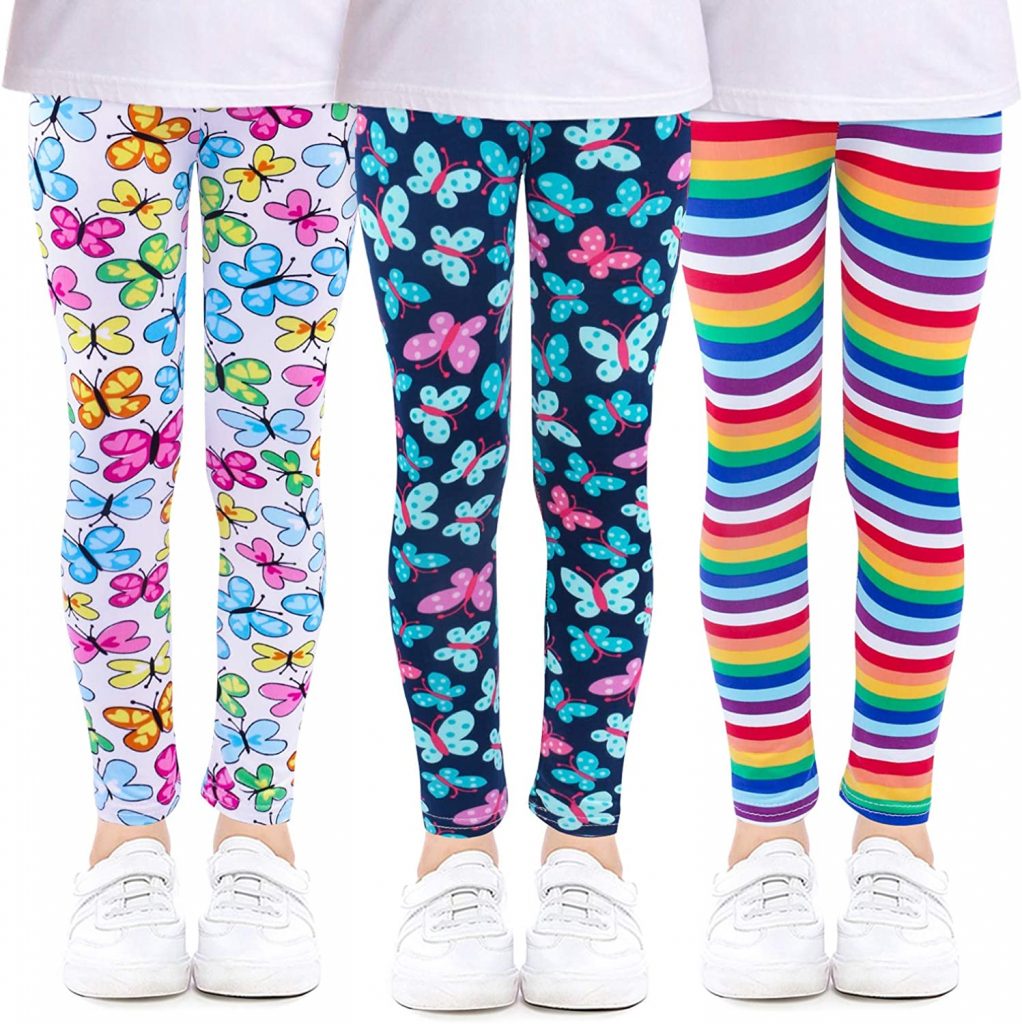
Bright Coloured Pants
Your college outfits could last you either a year or the entire four years you’ll be studying at the university. For that reason, do invest in a good pair of jeans – not the bright coloured ones, since it’ll less likely last you a year in college.
Eccentric Shorts
Taking the lead from ditching your coloured jeans, it might also be best if you already put your eccentric shots to rest. If your shorts have more than one pattern or colour in them, then it’s best to leave them behind and get yourself a pair of plain or denim shorts that would match your outfits better.
High School Shirts

University life is about embracing the new place and culture you’re in. You could still show off your school spirit with your new school tees and not your old high school shirts. You could still wear them every once in a while, but remember that you’ve already worn them enough during your high school years.
While it may feel a bit overwhelming, getting into college could also be exciting since you get to learn more about yourself – and that includes discovering your personal style. Your college outfits are on a completely different level now, and one of the best ways to kick-start your new styling in this upcoming years is to ditch the aforementioned fashion items from your college wardrobe. With this, you’ll be able to enjoy your new life with a new you.
Read MorePosted by Editor | Comments Off on What Can You Get from Whole Wheat Food?
What Can You Get from Whole Wheat Food?
Most of the diet regimen you might have read about almost always included whole grain and fiber, but do you know what can get from such food?

What is whole grain and refined grain?
Grain refers to food made from wheat, oats, corn, rice, and other related cereals. Whole grain contains all three major parts of a kernel, such as the germ, bran, and endosperm, which are high in nutrients. Whole grain for some people are less tasty than refined grain and have a shorter shelf-life.
Refined grain on the other hand, refers to grains that have been milled or ground into meal or flour to remove the bran or the germ in the kernels. Some refined grains are fortified with the missing vitamins and minerals, but still retain the fine texture and longer shelf-life.
What are the nutrients found in whole grain?

Whole grain food contains fiber, B vitamins (riboflavin, thiamin, niacin, and folate), iron, magnesium, and selenium. Although the nutrient content will vary based on the type of grain, the dietary fiber is the most important benefit you can get from the food. It will help individuals who are trying to lose weight and keep their blood glucose levels and blood pressure manageable.
How do I find whole grain food?
Some food manufacturers label their wheat products as whole wheat even if they’re not, so make sure to look at the list of ingredients and the food nutrition label (look for the “nutrition facts” table).
A whole grain food should have “whole grain” listed first and the dietary fiber included in the nutrition label. Some products will also include a “heart check” seal, which indicates that the food has limited trans fat, saturated fat, sugar, and sodium.

What is dietary fiber?
Dietary fiber cannot be digested, but will help your body reduce bad cholesterol. It can either be soluble or insoluble and can hold excess water, help digestion, redistribute fat, cut inflammation markers, and reduce LDL cholesterol. Some dietary fiber sources, however, are high in saturated fat, sodium, and added sugar, so read the labels thoroughly.
What are the examples of whole grain?
Some examples of whole grain include whole wheat, brown rice, whole grain barley, wild rice, whole grain corn, oatmeal, whole oats, whole rye, freekeh, buckwheat, bulgur, quinoa, and whole wheat couscous.
The amount of grains your body needs will depend on your age and calorie needs. For example, a 2,000-calorie diet requires 25 grams of fiber daily, so the grains in your diet must be at least one-half whole grains.

What are gluten intolerance and celiac disease?
Unfortunately, not everyone is supposed to eat whole wheat, because of gluten intolerance and celiac disease. The former refers to an individual’s sensitivity to gluten found in most grain products. On the other hand, celiac disease, which is different from gluten intolerance, will cause the body to attack the small intestine that absorbs nutrients from whole wheat food.
Read MorePosted by Editor | Comments Off on How to Pick Facial Hair Styles for Your Face
How to Pick Facial Hair Styles for Your Face
Like your clothes and hairstyle, your facial hair can give indications of your personality and preferences, but these are not the only things you should consider when deciding on a beard style.

It’s Not for Everyone
Before you decide what type of facial hair you think is best for you, let’s discuss the possibility of growing beards. Not everyone can have a full beard just like a shiny frizz-free hair on the head isn’t for everyone, and that is not something the barber will decide for you, but your genes. How thick the hair is, its color and texture, and the areas where hair will grow on your face are all determined by your genes.
Most boys by the age of 15 will start having facial hair, but others will not have any until later. Moreover, the pattern of the beard is determined by the time he gets in his early 20s. That doesn’t mean, however, that you can’t grow facial hair, it just means that you need to make the most of what you already have.
How to Pick the Best Style
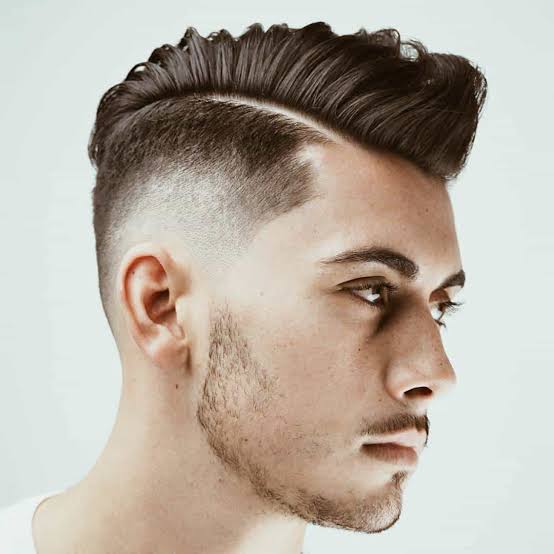
There are some things you need to consider when choosing a style besides how much hair you can naturally grow. First, you need to determine your face shape, then aim as much as possible to make your face look oval to hide your narrow or short face.
Here are some tips for each face shape.
- Circular Face: pick a style that is long on the bottom, but short on the sides
- Diamond Face: pick a full beard (if you can grow it) to hide the angles on your chin, but the sides should be trimmed and the bottom longer
- Oblong or Rectangular Face: pick a style that will broaden the face, so the sides have to be full and the bottom short
- Oval Face: most facial hair styles will look fine, but your sides and bottom should be even if you want a short facial hair style
- Square Face: pick a style that will add length, but will shorten the sides of your face
- Triangular Face: pick a style that is long on the bottom, but short on the sides; the chin, however, should have wide, graduated parts to make your face look oval

Different Beard Styles
There are various beard styles to choose from, so we’ll narrow the choice to the following 16 styles:

- Clean Shaven
- Stubble (short, medium, and long)
- Full Beard
- French Fork
- Ducktail
- Circle Beard
- Goatee (goatee and extended goatee)
- Imperial
- Van Dyke
- Anchor
- Balbo
- Mutton Chops (mutton chops and friendly mutton chops)
- Verdi
- Garibaldi
- Dutch
- Bandholz
Posted by Editor | Comments Off on 5 Amazing Tricks for Keeping Fruits and Vegetables at Home
5 Amazing Tricks for Keeping Fruits and Vegetables at Home
After cooking your own meals for a while, you may think that you’ve got everything figured out in the kitchen and even have a dedicated cooking section in your bookshelf – but there’s always more you can add to enrich your experience and improve your culinary skills. Here are a few tips and tricks for cooking and preparing vegetables that will completely change the way you do things in the kitchen:
1. Ripen fruits more quickly

There’s a reason why you don’t want to keep certain fruits like bananas and papayas grouped together in the same place for too long. That’s because they release ethylene gas, which can make certain fruits and vegetables spoil much faster. But that doesn’t mean you can’t use it to your advantage. In fact, to make your fruits and vegetables ripen more quickly, all you need to do is to throw the occasional banana in there and then separate them when they’re ready.
2. Re-use that pickle brine

Don’t drain that water away! Whether you made that jar of pickled vegetables yourself or bought it from the store, you can always make more than one use out of it by adding fresh vegetables in it and storing it in the fridge for a few days. For best results, you can even par-broil these vegetables before pickling them to speed things up.
3. Keep vegetables crisp for longer
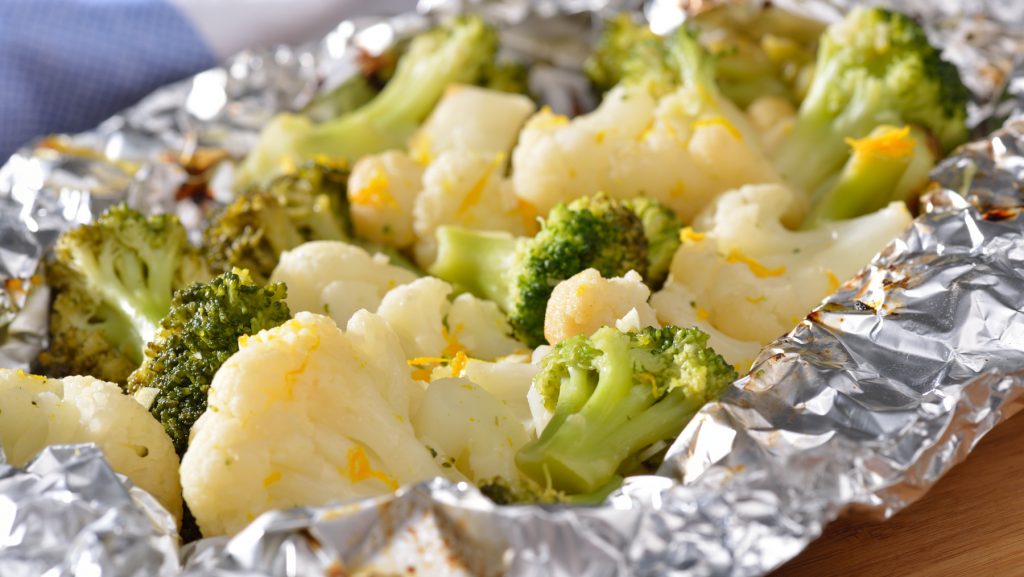
While wrapping in foil doesn’t work for all vegetables – it certainly doesn’t work for most leafy greens – using it for specific food items like broccoli and lettuce certainly helps to keep them crisp for a lot longer.
4. Slice your bell peppers in advance

To get the most out of your bell peppers by making them last as long as possible, the best thing you can do is to simply slice them up and store them in a zip-lock bag in your refrigerator. You can also slice them a lot more easily than normally would by doing the following steps:
- Slice the top and the bottom off; save them for later.
- Cut on one side of the bell pepper lengthwise. Be sure to slice down on just the skin for this.
- Roll out the skin and slice the parts connecting the core.
- Push out the middle part of the bell pepper’s top.
- Dice the skin, including the top and bottom parts of the bell pepper.
5. Keep soft fruits from getting crushed
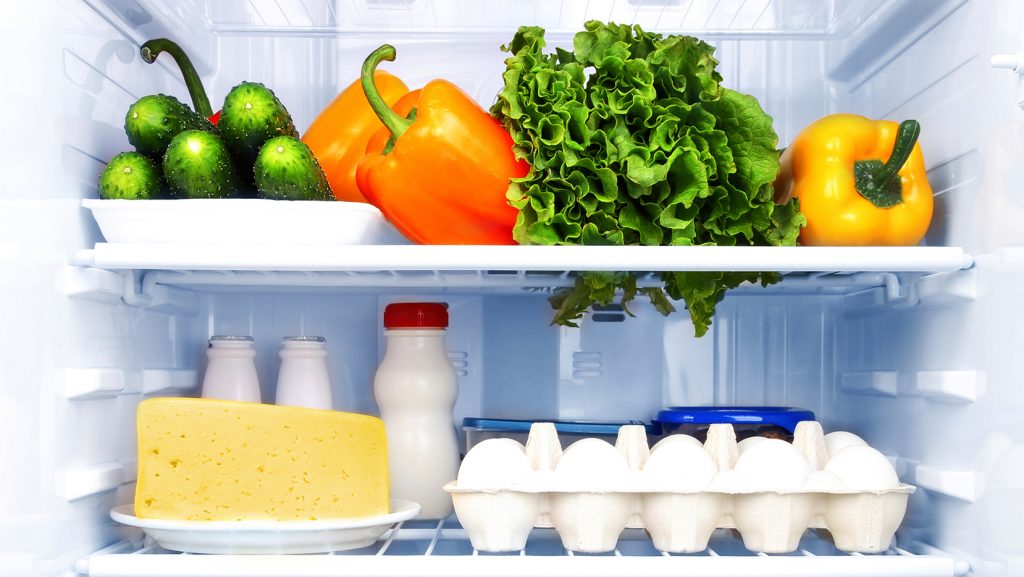
No one likes dealing with squished or saggy fruits, and the good news is you don’t have to deal with them, either. When storing fruits and vegetables in your fridge or pantry, you want to make sure to place the hardest items at the bottom, such as potatoes and cucumbers, and the softest ones, like tomatoes or mangoes, on top. This allows the weight to be evenly distributed among these various food items and keeps certain fruits plump rather than saggy.
Read MorePosted by Editor | Comments Off on What to Look For When Buying a Fridge for the First Time
What to Look For When Buying a Fridge for the First Time
Refrigerators don’t look like a lot at first, and there’s a good chance you won’t be thinking about them until you finally make the move to your new home in Singapore – only to realize that you don’t have any way of storing essentials like milk, eggs, and meat.

Today, it’s really hard to imagine living without a refrigerator because it’s so useful in keeping food fresh for longer periods of time. And like most things, there’s an art to finding the right fridge to buy. Simply keep these five things in mind and you’ll be able to pick out the right one for your daily needs:
Size
Size is perhaps the most critical aspect you can look for when buying a fridge for your home. Even though most refrigerators are designed to fit between counter spaces, there’s a good chance it might either be too big or too small for your needs. You should also remember that your fridge needs fit through all kinds of halls and doorways, since you can’t place it in your kitchen if it happens to be too big to pass through.

Energy-efficiency
Like many electricity-intensive appliances used in most homes, like a washing machine or an air-conditioner, refrigerators can rack up a huge amount in your utility bill since you need it to keep running 24/7. This is why you need to choose a unit that’s energy-efficient – not just in cutting down carbon emissions, but also in saving you a lot of money in the long run.
Unit Type
There are a few types of unit types you need to consider when buying a fridge for the first time:

- Side-by-side – This popular type has adjacent doors for the freezer and fresh food compartments, but while they have a big storage capacity, they also have the drawback of needing more reaching and bending.
- Bottom – Bottom freezers allow you to take the most used items at eye level, which makes them more convenient to have.
- Top-freezer – The standard refrigerator type is cheap, and with more recent models, they can also be efficient in both space and energy, with its only drawback being that doesn’t offer as much space.
- French-door – This version saves space with narrower doors for both the upper fridge and two separate doors for the lower freezer, but the main drawback is that the freezer is located at the bottom compartment.

Extra features
Lastly, be sure to watch out for fridges with adjustable shelves, since you’ll never know if you’ll be storing tall items. You should also take a closer look at its temperature settings. Some units have separate temperature-controlled drawers other than the freezer, and you can use them as dedicated storage areas different types of meats.
Read MorePosted by Editor | Comments Off on What Happens if You Have Iron Deficiency
What Happens if You Have Iron Deficiency
To understand what the lack of iron does to the body, you should remember its roles in the body. The most important thing to keep in mind is that iron is vital for blood production, oxygen transportation, energy metabolism, and immune function. At least a quarter of the iron in the body is stored in cells and circulated in the blood, which means that if the iron level is low, hemoglobin level is also low. Oxygen transfer to the tissues is inadequate. This condition then leads to iron deficiency, or a worse condition called iron deficiency anemia.

Iron Deficiency Anaemia
This is a common type of anemia especially for women who still have their menstruation. Usually a person with anemia experiences frequent fatigue, cold hands and feet, weakness, pale skin, headache, lightheadedness, dizziness, chest pain, shortness of breath, fast heartbeat, inflammation, brittle nails, dry and damaged skin and hair, poor appetite, restless legs, swelling or soreness of the mouth or tongue, frequent infections, anxiety, and unusual cravings.
Some of these symptoms may be mistaken for other conditions, so make sure to get a proper checkup to determine if you have another undiagnosed illness. Restless legs is a syndrome that is usually most obvious at night. The person experiences at urge to move the leg even at rest because of a tingling or crawling sensation.

Sometimes iron deficiency anemia is caused by the body’s inability to absorb iron. If this is the case, supplements will not be enough. Disorders such as celiac disease can affect not only how nutrients are absorbed in the body but the accumulation of the unused nutrients can also cause various other symptoms.
Iron Requirements and Sources
Iron level requirements is about 1.8 milligrams daily, but not all of it is used by the body. Although you can supplement your iron intake with ferrous sulfate tablets, you also need to have enough vitamin C to help your body absorb and use that iron.
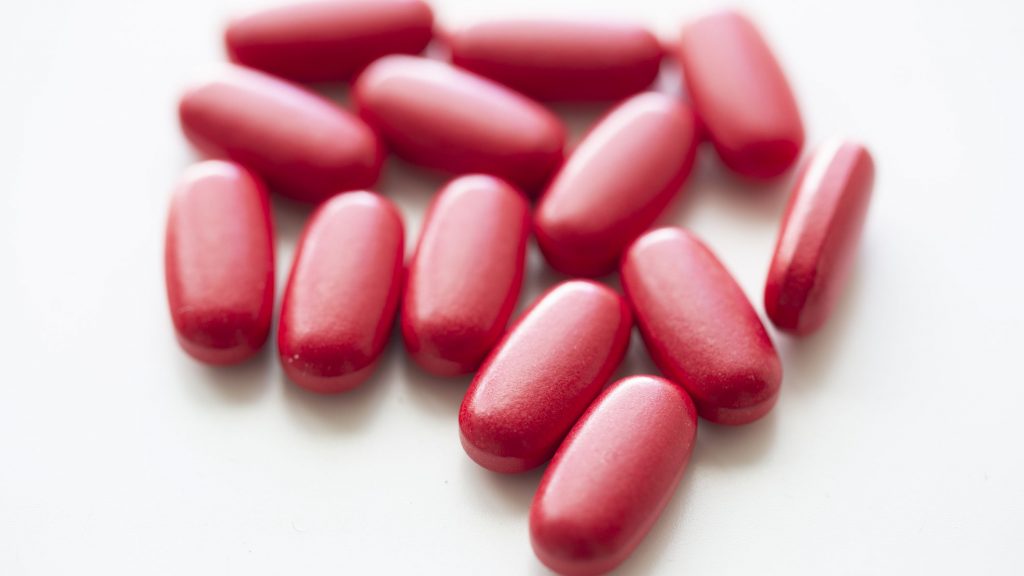
The following are iron-rich food that you must include in your diet:
- Fish, shellfish, mussels, clams
- Chicken, turkey, beef, pork, veal, lamb, liver, and any red meat
- Green leafy vegetables, tofu, bean sprouts, tomatoes, potatoes, green beans, corn, beets, peas
- Grapefruit, kiwi, oranges, melons, strawberries, tangerines
- Iron-fortified pasta, bread, and cereals

Some food may inhibit iron absorption, so you might want to limit your consumption of coffee and tea. Instead, eat more dairy and whole grain food to help your body absorb and use iron. Supplements might help, but you should keep in mind that there can be unpleasant side effects such as diarrhea, constipation, heartburn, nausea, and stomach pains.
Infants are recommended to drink only breast milk until 2 years of age. If the parents are unable to do so, however, iron-fortified formula is a good substitute. Toddlers should be fed pureed meat and fortified cereals at least twice daily.
Read More

